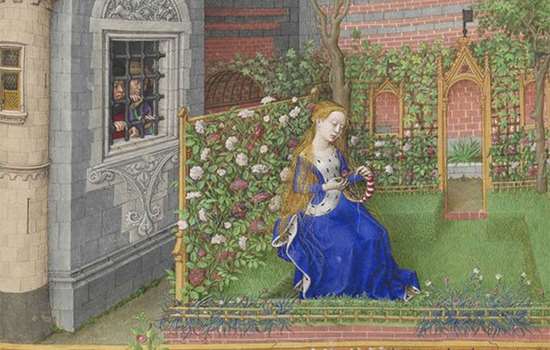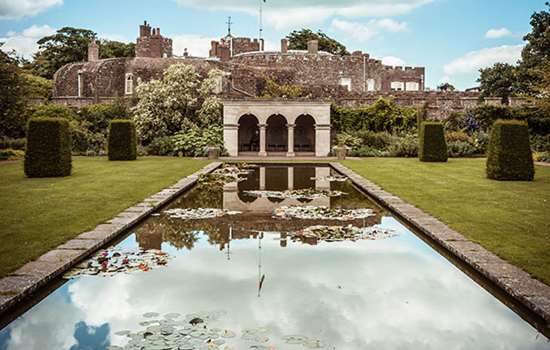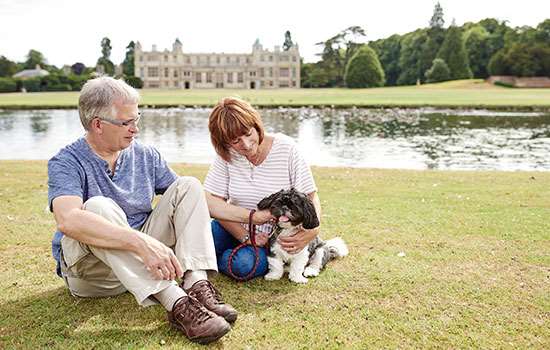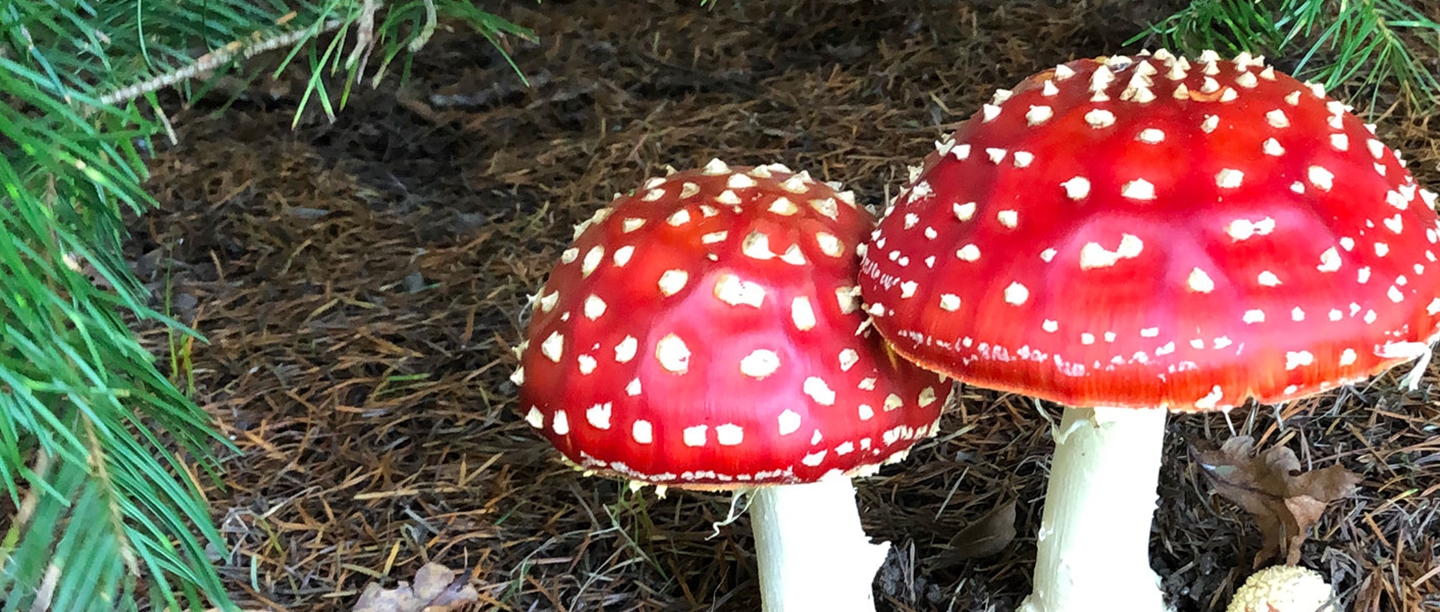1. A plant that only flowers at night
You might not be able to see it in all its glory, but something enchanting happens in Walmer Castle's glasshouse overnight.
Epiphyllum, also known as 'Queen of the Night' or 'Orchid Cactus', is a succulent plant that only flowers in the evening.
During the day, Epiphyllum looks rather non-descript among the other foilage in the glasshouse. At night, it's known to have some 25-30 large white flowers in full bloom. Then, come morning, the flowers have wilted again.
Originally from South America, the Queen of the Night isn't typically pollinated by bees, instead, by moths and bats.
It was brought to Walmer Castle by the Lord Warden's wife in around 2008 and remains a fascinating addition to the glasshouse to this day. It's likely to flower until mid-September.
Visit WALMER CASTLE2. Red squirrels are back at Belsay
A scurry of squirrels has returned to Belsay Hall, Castle and Gardens this autumn. And if you're lucky, you might spot one of these rare sightings for yourself.
Our gardeners are delighted to see the red squirrels again after a notable absence for several years. This was in line with a national decline in sightings.
Red squirrels are the UK's only native squirrel species. But they are officially classed as 'Near Threatened' in England, Wales and Northern Ireland.
You can also see red squirrels in the gardens at Osborne on the Isle of Wight.
Visit Belsay Hall
3. Osborne's storybook fungi
Look out for a colourful spread of fungi growing across the gardens at Osborne, Queen Victoria's holiday home on the Isle of Wight.
The early fungi are usually spotted by trees, although we think the best place to admire them – at a distance – is in the lawn areas where the vibrant red heads pop against the green grass.
Right through to the first frost, the wild fungi can cover the lawns in small but brightly coloured patches, making a spectacular sight for garden explorers.
The scarlet toadstools dotted with white spots are known as fly agaric (pictured) but you might also spot other varieties over the autumn like waxcaps or Clavulinas. But do watch your step. They may look enchanting but these fungi can be extremely poisonous so please leave them where they are and look, but don't touch.
Discover Osborne
4. A Pear Tree Named By Elizabeth I
Every autumn our Black Worcester pear tree is ready for harvesting.
But many of our visitors don't know these striking fruit trees are linked to Elizabeth I's visit to the region in the 16th century.
The story goes that during Elizabeth I's famous visit to Kenilworth Castle in 1575, the queen was presented with a pear tree.
She named the tree 'Black Worcester' for its dark colouring. It's this variety that still grows in our Elizabethan garden today. Keen observers will notice the tree also features on the crest of the City of Worcester.
The pears will cling to the trees through to the winter, but many are now being harvested for pear and cinnamon tray bakes.
You can spot four Black Worcester pear trees in each quarter of the Elizabethan Garden today.
Visit Kenilworth Castle5. A medicinal plant... with teeth!
A plant with teeth might sound like something from the Little Shop of Horrors musical, but that's the myth behind henbane found at Mount Grace Priory, House and Gardens this autumn.
According to the medieval Doctrine of Signatures, plants that resemble a part of the human body were intended by God to be a cure for diseases that affected that area.
Henbane (Hyoscyamus niger) is said to resemble teeth along a jawline, owing to its jagged autumn seed pods (pictured).
Therefore it's believed this is one of the reasons henbane was used to treat toothaches during the medieval period.
We grow henbane at Mount Grace to mirror the gardening carried out by the Carthusian monks in the 15th century.
During the autumn, our gardens' team gathers pods from the tiny henbane seeds which then undergo a long period of refrigeration to induce germination. The seedlings are then carefully transplanted and grown under glass before being reintroduced to their garden setting in spring.
Visit Mount Grace PrioryVisit our Gardens IN AUTUMN
As the weather cools, our gardens transition into a vibrant autumnal colour palette of yellow, orange and brown. Keep cosy and enjoy wandering through our historic gardens where you'll discover the stories behind our leafy woodlands, decorative flower beds and seasonal kitchen produce.
Visit our gardensMORE TO EXPLORE
-

GARDENS THROUGH TIME
Civilisations around the world have been creating gardens for thousands of years. Use this timeline to trace the evolution of gardens in England.
-

GARDENS AND LANDSCAPES CONSERVATION
Learn about our gardens conservation work and explore our most recent and ongoing projects to protect the gardens and landscapes in our care.
-

Become an English Heritage Member
Join English Heritage and access our historic places all year. From £4.42 per month.
